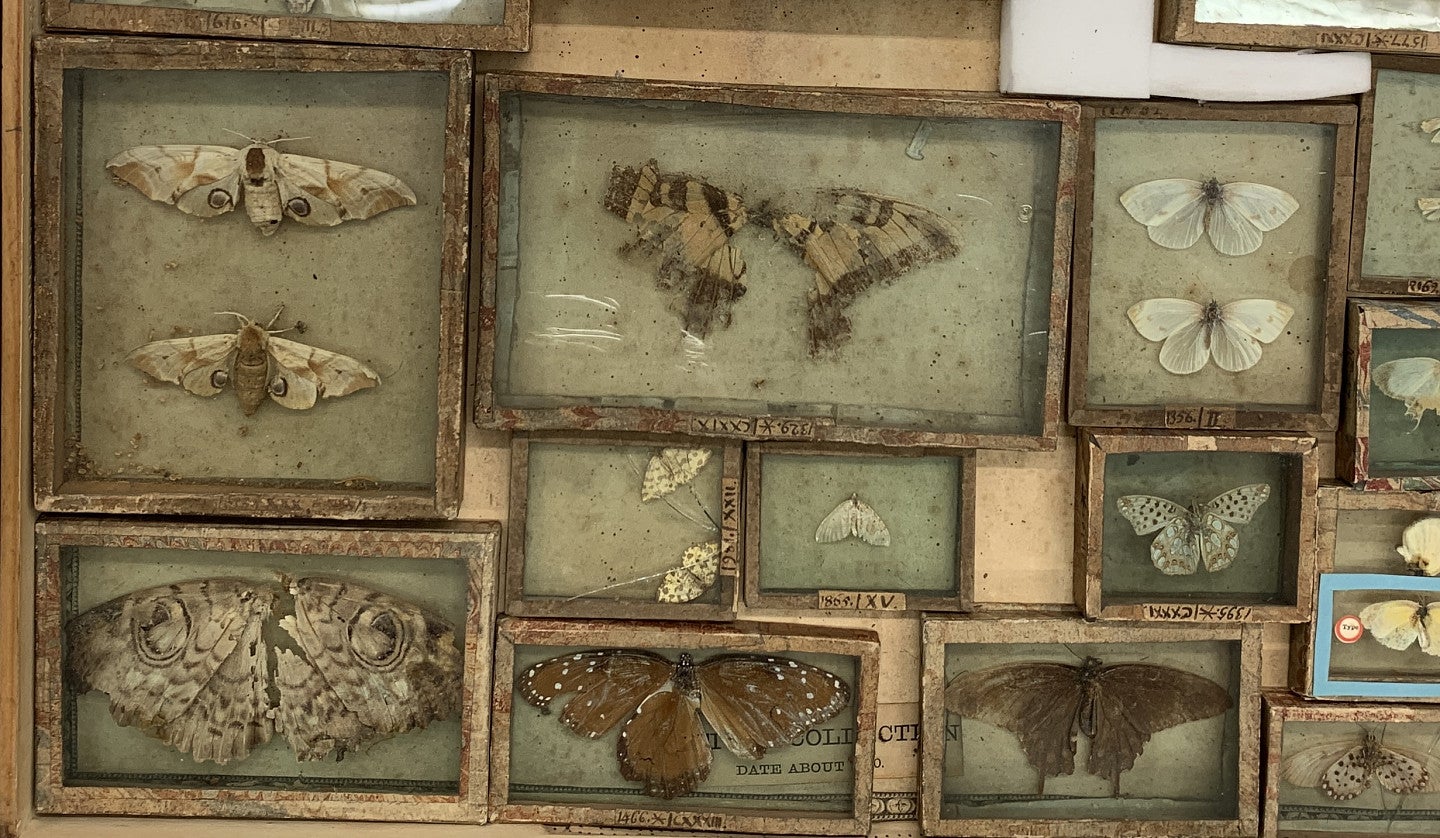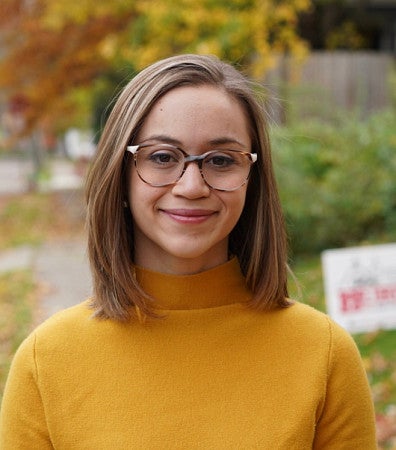
Insects make up one of the oldest collections at the Natural History Museum in London, but there’s more to them than meets the eye. These insects and the people who collected them have a story, one that PhD candidate Michele Pflug will soon tell with the support of a prestigious award.
Pflug was recently awarded a Mellon/American Council of Learned Societies Innovation Fellowship, a nine-month program that supports bold and innovative approaches to dissertation research, challenging the traditional norms of doctoral education.
With the $50,000 award, Pflug will work on her dissertation, titled “Hidden Histories of Insect Collections: Women, Empire, and Entomology in the Early Eighteenth Century,” researching and telling histories of some of the people who collected insect specimens belonging to the 300-year-old James Petiver Historical Entomology Collection at the Natural History Museum.
“It’s a pre-history of museums,” Pflug, who is a member of the Department of History within the College of Arts and Sciences, said about her research. “It’s how these marginalized actors have contributed to the making of public museums.”

Pflug is studying the period of insect specimen collections from 1690 to 1720, a period when many different historical actors gathered specimens that would make up the founding collections of Britain’s first public museum.
“There were quite a few women in the Americas, the Caribbean and even one in South Africa,” Pflug said. “I’m trying to explore the role that colonialism and enslavement played in the making of the collection because a lot of women in these colonial settings relied on Indigenous people and enslaved people to collect for them. So, the goal is to unearth those stories, as well.”
In the 17th and 18th centuries, collecting objects became more popular with the “middling sort,” a class of people that included wealthy gentlemen and gentlewomen. Although botanical collections during the 1700s have been well documented, Pflug said entomology has been less studied — the word itself having only been in the English language since the 1760s.
One of the letters that Pflug has collected for her research is from Rachel Griggs, an enslaver who lived in Antigua, an island in the Caribbean. Griggs wrote about sending enslaved people out to collect butterflies, and some of those specimens collected by enslaved labor still exist in the Natural History Museum.
Pflug’s dissertation has three parts: the first is using the methodology of social network analysis to explore the diverse people who collected the early insect specimens, the second is a public exhibition, and the third is a biography of English entomologist Eleanor Glanville.
While Pflug is in London, she’ll work with the museum’s senior curator in charge of entomology, Suzanne Ryder, to develop a curated exhibit. This will be a way to showcase its insect collection along with biographies of under-represented people — women, enslaved people, children, Indigenous people and servants — who collected the specimens many years ago.
And Pflug will also work with insect collection specialists at the museum, allowing her to learn about entomology while sharing her expertise on cultural approaches to science.
“There is this movement right now to take a cultural approach to scientific collections,” she said. “Part of that is understanding museums and the history of colonialism and the history of slavery.”
—By Henry Houston, College of Arts and Sciences
—Top photo: Insect specimen drawer at the Natural History Museum in London
